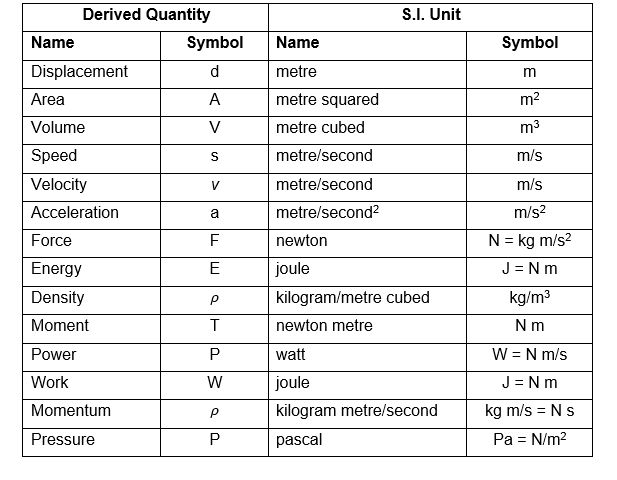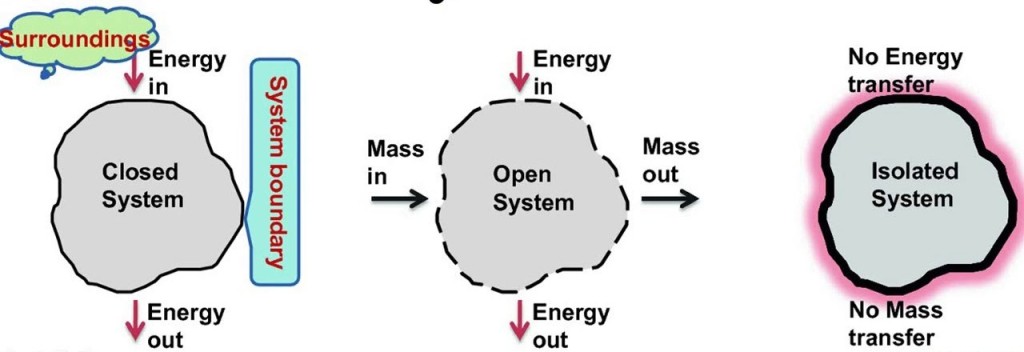9) Which of the following can be regarded as gas so that gas laws could be applicable, within the commonly encountered temperature limits.
02, N2, H2, air
Related Engineering Thermodynamics MCQ with Answers
pascal
When a liquid is contained in a vessel, it exerts force at all points on the sides and bottom of the vessel. The force per unit area is called intensity of pressure. Mathematically, intensity of pressure,
p = P/A
where
P = Force acting on the liquid, and
A = Area on which the force acts.
The intensity of pressure may be expressed either in N/m2, N/mm2 or in metres of liquid or mm of liquid. Intensity of pressure is also expressed in pascal (briefly written as Pa), such that
1 Pa= 1 N/m2; 1 kPa= 1 kN/m2 and 1 MPa = 1 MN/m2= 1 N/mm2

mass does not cross boundaries of the system, though energy may do so
Classification of thermodynamic systems are
1. Closed system: Closed system is one in which boundary of the system does not allow the matter (mass) to cross it, then it is known as closed system. Here the system contains fixed or constant amount of matter (mass). Energy can cross the boundary. Heat and work are the only ways in which energy can be transferred between a closed system and its surroundings.
2. Open system: Open system is one in which boundary of the system allows the matter (mass) to flow into or out of the system, then it is known as open system. In open system matter (Mass) crosses the boundary of the system. Heat and work may also cross the boundary.
3. Isolated system: Isolated system is one in which boundary of the system does not allow the matter (mass) or the energy to flow into or out of the system, then it is known as isolated system. An isolated system in one which is completely uninfluenced by the surroundings. It is of fixed mass and no heat or work crosses the boundary of the system.

